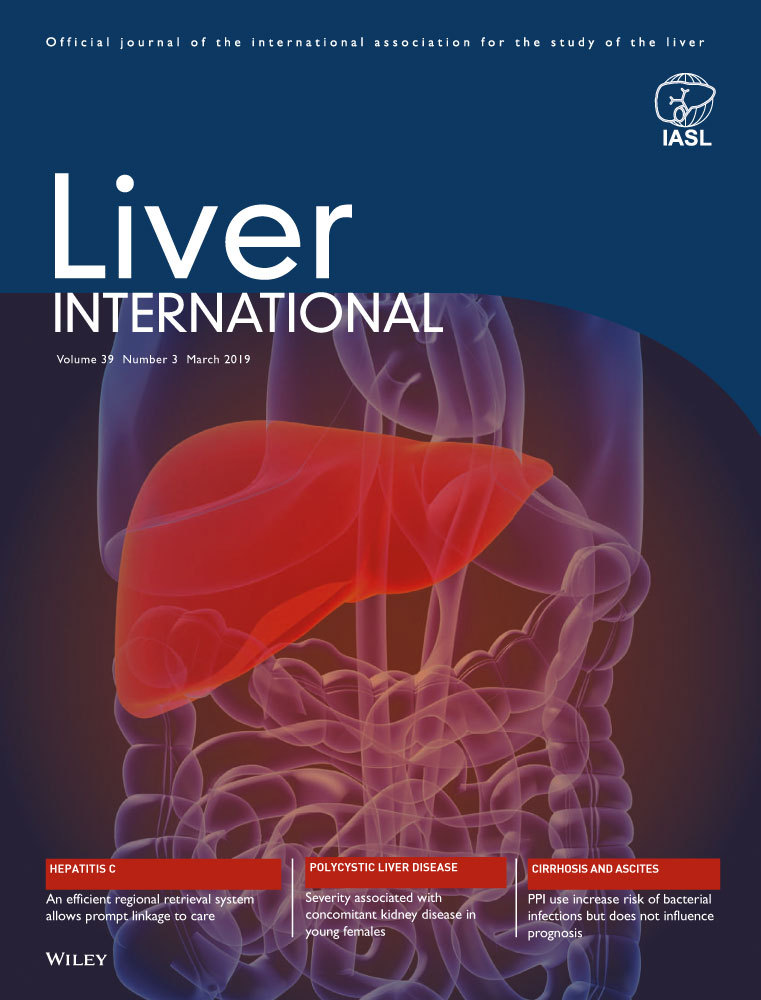Invasive fungal infections amongst patients with acute-on-chronic liver failure at high risk for fungal infections
Abstract
Aims
To study the prevalence, risk factors, role of serum biomarkers for diagnosis and impact of invasive fungal infections (IFIs) in patients with acute-on-chronic liver failure (ACLF).
Methods
An analysis of IFI in patients with ACLF (EASL criteria) was conducted retrospectively. The diagnosis of IFI in clinically suspected patients was based on EORTC/MSG criteria. The demographical, clinical, laboratory details and outcomes were analysed.
Results
Out of 264 patients with ACLF, 54 (20.4%) patients with suspicion of IFI were evaluated and IFI was diagnosed in 39 (14.7%). Invasive candidiasis was documented in 25 (64.1%) and invasive aspergillosis in 14 (35.8%). The most common source of infection was respiratory (n = 13) followed by renal (n = 7) and spontaneous fungal peritonitis (n = 6). On univariate analysis, diabetes mellitus, hemodialysis, prior antibiotic use, cerebral and respiratory organ failures, Chronic Liver Failure Consortium (CLIF-OF and CLIF-C ACLF) scores were predictors for development of IFI (P < 0.05). On multivariate analysis, hemodialysis and prior antibiotics use predicted the development of IFI (P < 0.05). Non-survivors were more likely to have IFI (P = 0.029), high CLIF-OF and CLIF-C ACLF scores (P < 0.001; for both) and higher 1,3-β D Glucan (BDG) levels (P = 0.009). The sensitivity, specificity, and AUROC of BDG (80 pg/mL) and Galactomannan index (GMI [0.5]) for diagnosing IFI were 97.4%, 60%, 0.770% and 43.6%, 100%, 0.745 respectively.
Conclusions
Invasive fungal infections constitutes an important cause of mortality in ACLF patients. BDG and GMI can be useful markers to guide antifungal therapy in patients at high risk for IFI.
CONFLICTS OF INTEREST
The authors declare no conflicts of interest.




